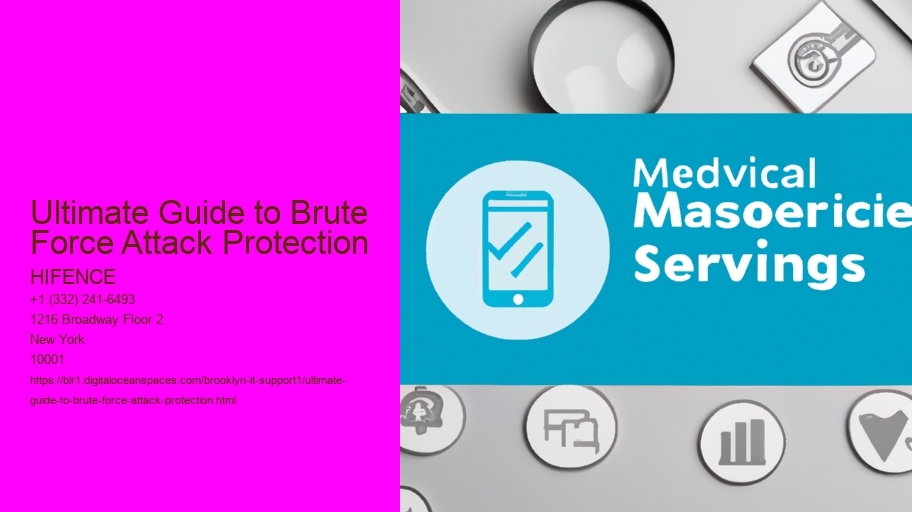Okay, heres an attempt at an essay on "Ultimate Guide to Brute Force Attack Protection" that tries to follow all your rather specific (and somewhat quirky) instructions:
So, youre worried about brute force attacks? And you should be! Theyre not exactly a walk in the park (more like a digital mugging, really) and can leave your systems vulnerable. This isnt just a technical problem; its about protecting your data, your reputation, and your bottom line.
Think of a brute force attack as a persistent, tireless burglar trying every possible key combination on your front door (your login screen, in this analogy).
Ultimate Guide to Brute Force Attack Protection - managed services new york city
- managed it security services provider
- check
- managed it security services provider
- check
- managed it security services provider
Ultimate Guide to Brute Force Attack Protection - managed services new york city
- managed it security services provider
- check
- managed service new york
- managed it security services provider
- check
- managed service new york
- managed it security services provider
- check
- managed service new york
- managed it security services provider
- check
- managed service new york
- managed it security services provider

Now, an "Ultimate Guide" isnt just about saying "use strong passwords" (though, yeah, do that – seriously!). It's a multi-layered approach. We're not talking about a single silver bullet, but a combination of strategies that, when implemented together, make your system a much harder target.
First, theres the basic stuff. Password complexity, length requirements, and regular password changes. These arent optional; theyre foundational. And dont ever, ever use common passwords.
Ultimate Guide to Brute Force Attack Protection - managed it security services provider
- managed it security services provider
- managed it security services provider
- managed it security services provider
- managed it security services provider
- managed it security services provider
- managed it security services provider
- managed it security services provider
Ultimate Guide to Brute Force Attack Protection - check
- check
- managed service new york
- check
- managed service new york
- check
But thats only the beginning. Rate limiting is crucial. This involves restricting the number of login attempts from a single IP address within a given timeframe. If someone tries to log in too many times in a short period, lock them out!
Ultimate Guide to Brute Force Attack Protection - check
- managed service new york
- check
- managed it security services provider
- managed service new york
- check
- managed it security services provider
- managed service new york
- check
- managed it security services provider
- managed service new york
- check
Ultimate Guide to Brute Force Attack Protection - check
- managed service new york
- managed service new york
- managed service new york
- managed service new york
- managed service new york
- managed service new york
- managed service new york
- managed service new york
- managed service new york
- managed service new york
- managed service new york
- managed service new york
- managed service new york
- managed service new york

Multi-factor authentication (MFA) is another game-changer. It's not enough to just have a password; you need something else, like a code sent to your phone or a biometric scan. Even if a brute force attack cracks your password, the attacker still needs that second factor, making the attack far more difficult.
Ultimate Guide to Brute Force Attack Protection - check
- check
Beyond these, consider more advanced techniques.
Ultimate Guide to Brute Force Attack Protection - check
Oh, and logging and monitoring are vital. You cant defend against what you cant see. Regularly review your logs for unusual login activity and security alerts. This will help you identify and respond to attacks quickly.
Ultimately, protecting against brute force attacks isnt about achieving perfect security (that doesnt exist, sadly). Its about making it so difficult and time-consuming for an attacker that theyre more likely to move on to an easier target. It's about layering your defenses, staying vigilant, and continually adapting your security measures to the evolving threat landscape. It's not set-it-and-forget-it; it's an ongoing process. So, get to it!
